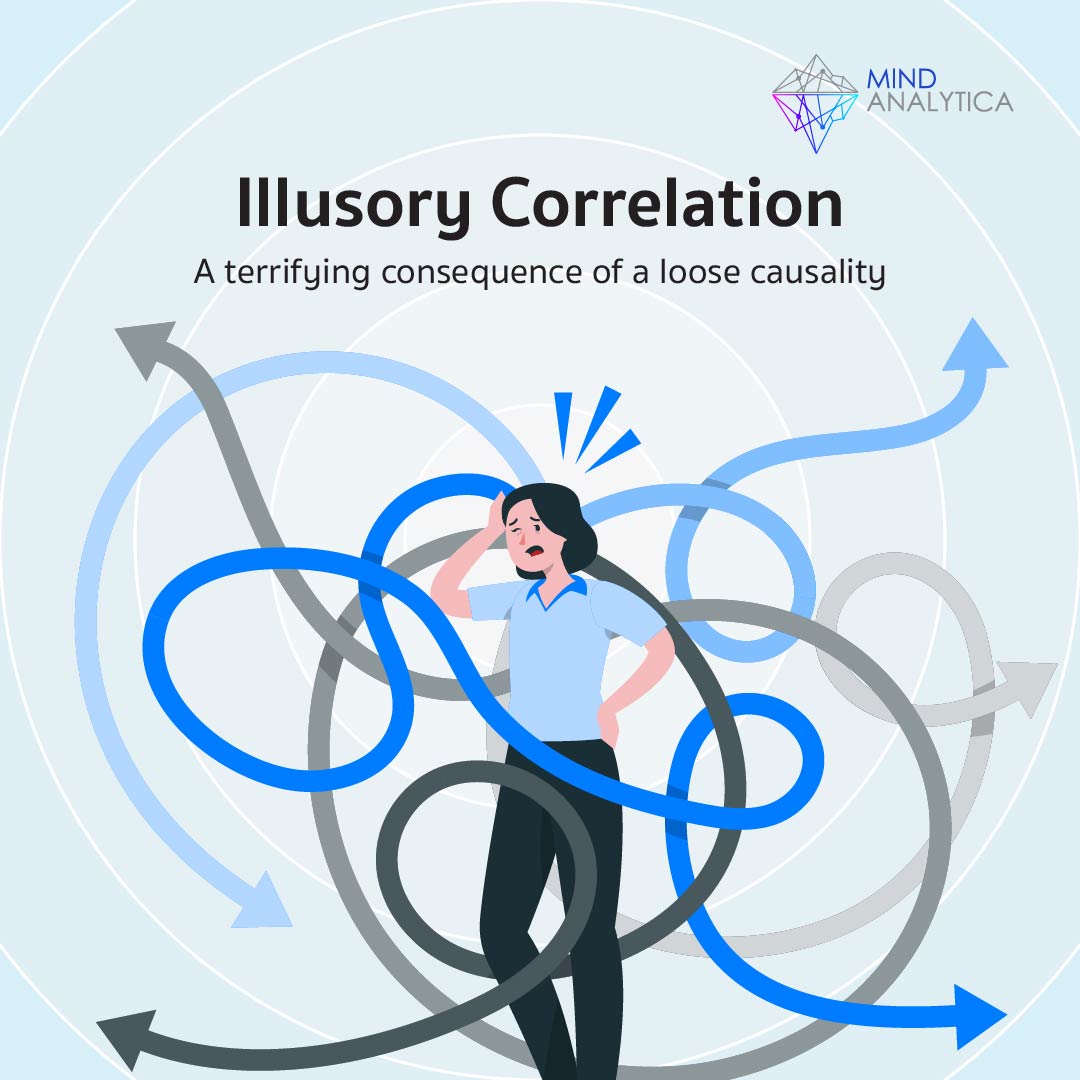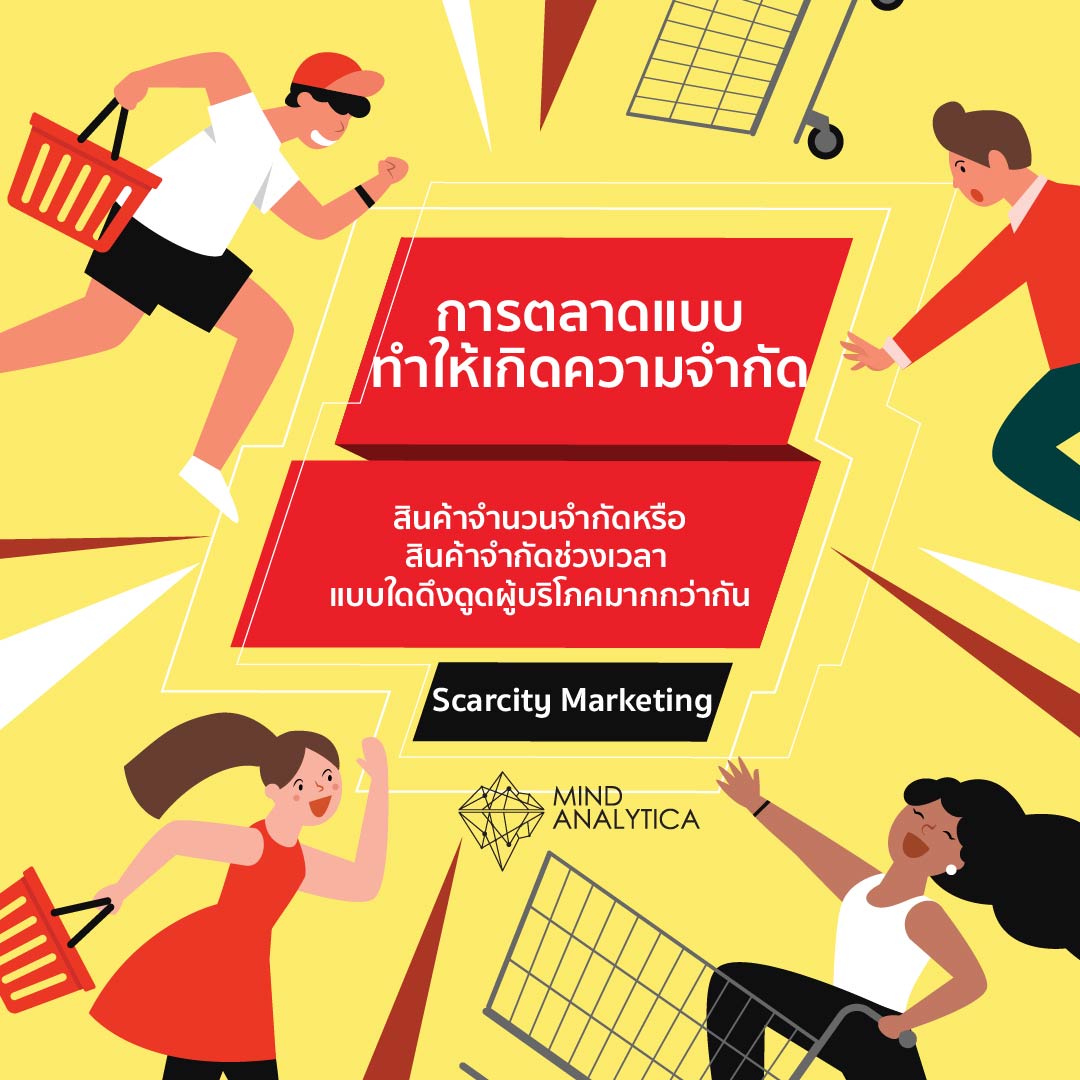Illusory Correlation
17 มกราคม 2567 - เวลาอ่าน 4 นาที
A terrifying consequence of a loose causality.
Since ancient times, humans have learned about the world around them by connecting two events together. For example, there is a belief that has been passed down from generation to generation that when a solar eclipse occurs, people will be afraid and try to fix it by various means to make the sun come back. The method that people in the past used was to beat on metal to drive away the thing that was blocking the sun. When that action was followed by the return of the sun, the event was further reinforced by repeated occurrences when a solar eclipse occurred. People therefore linked the act of beating on metal with driving away the thing that was blocking the sun.
Meanwhile, if people did not beat on metal, the moon would still orbit away from the sun. In the end, the sun would appear before the eyes of the people again. These connections are something that all humans are likely to do, because one thing happens and then another happens, even if they are not the cause and effect of each other. In psychology, this is called illusory correlation.
Illusory correlation is caused by the rare occurrence of certain events, and when they occur, they can attract people's attention to try to explain the cause of those events, even if there is not enough information.
Here are some examples of illusory correlation:
- People who wear glasses are more likely to be intelligent.
- People who are good at math are more likely to be good at music.
- People who are left-handed are more likely to be creative.
These are just a few examples of how illusory correlation can lead us to make false conclusions about the world around us. It is important to be aware of this cognitive bias so that we can make more accurate judgments about the world around us.
In addition to being a matter of belief, in many cases it is also a matter of using two sets of statistical data that are unlikely to be related to each other. For example, a study found that human skulls have become smaller than they were in the past, and the fact that the world's temperature has been rising has led to the illusory correlation that the rising temperature of the earth has caused human skulls to become smaller. The use of this data is not only a connection, but it may also lead to the spread of misunderstanding in society at large.
Scientific research views the occurrence of one thing followed by another as not sufficient to conclude that the first thing is the cause of the second thing. In order to prevent the negative consequences of illusory correlation, scientists must have four factors to be able to infer the cause rigorously and tightly:
- One event occurs before another event, such as a child watching media with aggressive content is an event that occurs before a child has aggressive behavior.
- The two events are related, such as children who watch media with aggressive content, compared to children who do not watch, found that children who watched have more aggressive behavior than other children.
- Eliminate confounding factors that may explain the subsequent event, such as a child who watches media with aggressive content and exhibits aggressive behavior may come from a family where parents do not have time for their children. To eliminate confounding factors, scientists must be able to keep the amount of time parents have for their children constant, so that each parent has the same amount of time for their children, and compare whether children who watch media with aggressive content and children who do not watch still have different aggressive behavior.
- Have a theory to explain the phenomenon that occurs, such as children who watch media with aggressive content are more likely to exhibit aggressive behavior than children who do not watch because children imitate aggressive behavior from role models in the media, which can be explained by social learning theory.
Therefore, the design of scientific research in order to be able to infer the cause and be confident that one thing is the cause of another thing, must collect data and compare the values of confounding variables that are similar, and observe whether one event still has an effect on another event. Knowing that one thing is the cause of another thing correctly, creates new knowledge that leads to accurate and illusory-free conclusions in various fields.



